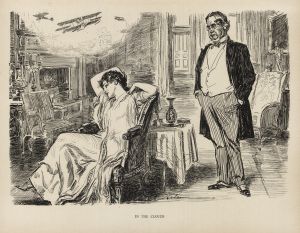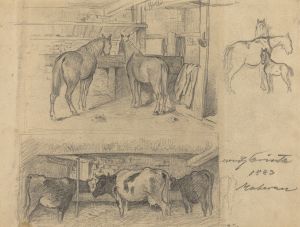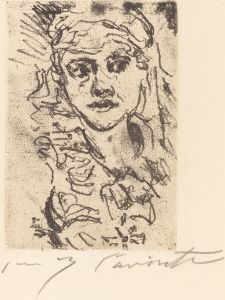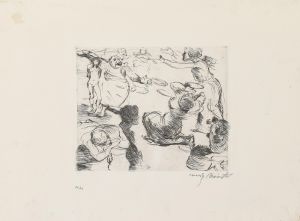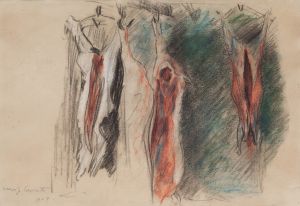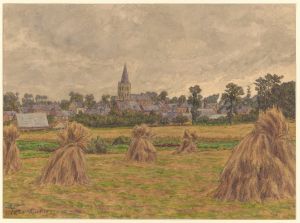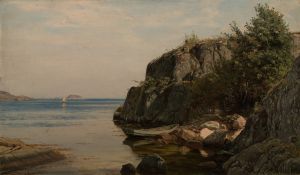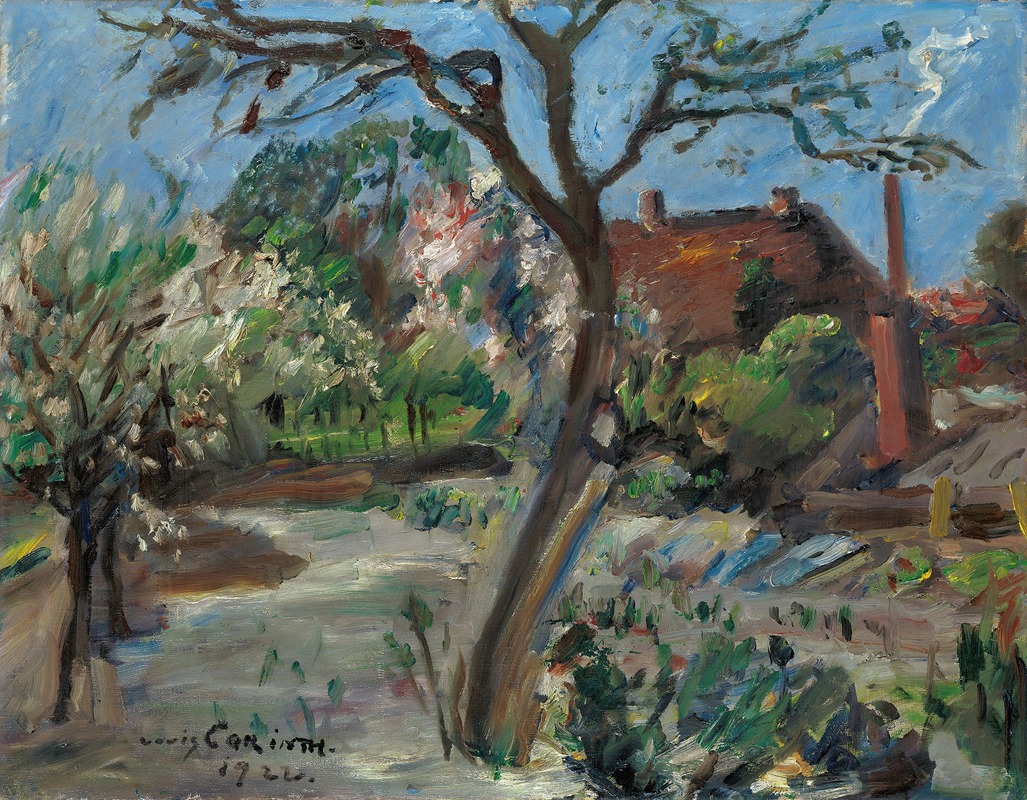
Landscape in early spring
A hand-painted replica of Lovis Corinth’s masterpiece Landscape in early spring, meticulously crafted by professional artists to capture the true essence of the original. Each piece is created with museum-quality canvas and rare mineral pigments, carefully painted by experienced artists with delicate brushstrokes and rich, layered colors to perfectly recreate the texture of the original artwork. Unlike machine-printed reproductions, this hand-painted version brings the painting to life, infused with the artist’s emotions and skill in every stroke. Whether for personal collection or home decoration, it instantly elevates the artistic atmosphere of any space.
Lovis Corinth's painting Landscape in Early Spring is a notable work by the German artist, who was a prominent figure in the transition from Impressionism to Expressionism. Corinth, born in 1858 in Tapiau (now Gvardeysk, Russia), was known for his diverse body of work, which included portraits, landscapes, and historical scenes. This particular painting, created in 1923, reflects his mature style, characterized by bold brushstrokes, vibrant colors, and a dynamic sense of movement.
Landscape in Early Spring depicts a natural scene transitioning from winter to spring. The painting captures the essence of early spring with its interplay of light and shadow, as well as the subtle changes in the landscape as it begins to awaken from the dormancy of winter. Corinth's use of color and texture conveys the freshness and vitality of the season, while his expressive brushwork adds a sense of immediacy and emotion to the scene.
By the time Corinth painted this work, he had already experienced significant changes in his life and artistic career. In 1911, he suffered a stroke that left him partially paralyzed on his left side. Despite this setback, he continued to paint, adapting his technique to accommodate his physical limitations. His later works, including Landscape in Early Spring, often exhibit a more vigorous and expressive style, reflecting both his personal struggles and his evolving artistic vision.
The painting is an example of Corinth's ability to blend naturalistic observation with emotional intensity. While rooted in the traditions of landscape painting, his approach in this work demonstrates a departure from strict realism, leaning instead toward a more subjective and expressive interpretation of nature. This aligns with the broader trends in early 20th-century art, as many artists sought to convey their inner experiences and emotions through their work.
Today, Landscape in Early Spring is recognized as an important piece within Corinth's oeuvre, showcasing his mastery of color, composition, and emotional depth. The painting is housed in the collection of the National Gallery in Berlin, Germany, where it is appreciated as a testament to Corinth's resilience and artistic innovation during the later years of his career.






